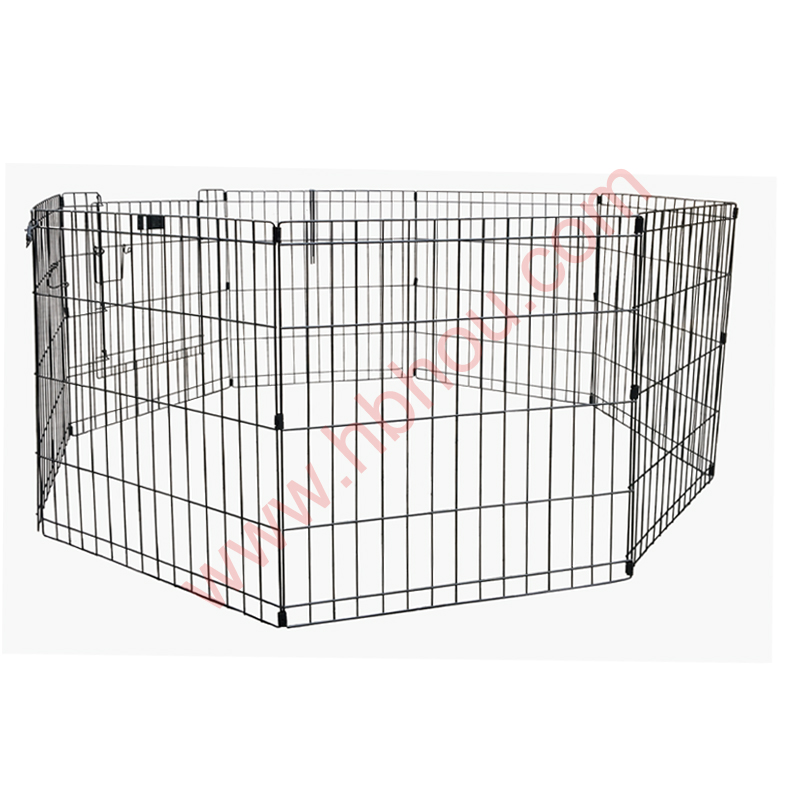The Role of Conical Plant Supports in Gardening
In the world of gardening, supporting plant growth is a fundamental task that requires both creativity and practicality. Among the various types of plant supports available, conical plant supports stand out for their effectiveness and aesthetic appeal. These supports not only help plants grow upright but also add an interesting visual element to garden designs. In this article, we will explore the significance of conical plant supports, how to use them effectively, and the benefits they provide to both novice gardeners and seasoned horticulturists.
Understanding Conical Plant Supports
Conical plant supports, as the name suggests, are cone-shaped structures designed to provide support for climbing plants and heavy blooms. Typically made from materials such as metal, bamboo, or plastic, these supports come in various sizes to accommodate different plant heights and growth habits. Their conical shape allows for a broader area of support as the plants grow, which can be particularly advantageous for varieties that tend to spread or require staking.
The Benefits of Using Conical Plant Supports
1. Promotes Healthy Growth One of the primary benefits of using conical plant supports is that they promote healthy, upright growth. Plants that climb or sprawl often benefit from support structures that allow them to grow naturally without the risk of damage. This is especially important for flowering plants that can become top-heavy and prone to breaking.
2. Prevents Disease When plants are supported properly, they are less likely to come into contact with the soil. This reduced contact can help prevent fungal infections and other soil-borne diseases that thrive in damp conditions. Good air circulation around the plant also minimizes humidity, further protecting against diseases.
3. Enhances Aesthetic Appeal Conical plant supports are not just practical; they also add a decorative element to the garden. Their sleek design complements various landscaping styles, from formal gardens to rustic backyard retreats. By supporting plants elegantly, they create vertical interest and can even serve as a focal point in garden beds.
4. Easier Maintenance Properly supported plants are easier to maintain. Gardeners can access foliage for pruning, deadheading, and pest control without the need to navigate through sprawling vines. This ease of access leads to healthier plants and a more enjoyable gardening experience.
conical plant supports

How to Use Conical Plant Supports Effectively
To maximize the benefits of conical plant supports, follow these simple steps
- Choose the Right Size Select a support that matches the height and growth habit of the plant. For taller varieties like tomatoes and clematis, opt for larger cones that can withstand the weight of the plant as it matures.
- Insert Early To avoid damaging roots, insert the support early in the growing season. This allows the plant to integrate the support into its growth without disturbance.
- Secure Properly As the plant grows, gently tie it to the support using soft, flexible materials such as garden twine or cloth strips. Avoid using materials that can cut into the plant stem.
- Monitor Growth Keep an eye on the plant's growth and adjust the ties or support as necessary. This ensures that the plant continues to grow healthily and that it remains adequately supported throughout its life cycle.
Conclusion
Conical plant supports are an invaluable addition to any gardener’s toolkit. They offer an array of benefits, from promoting healthy plant growth to enhancing the garden's visual appeal. By understanding how to effectively use these supports, gardeners can create vibrant, thriving plants that not only stand tall but also bring joy and beauty to their outdoor spaces. Whether you're a novice or a seasoned gardener, incorporating conical plant supports into your gardening routine will undoubtedly elevate your gardening experience.
















